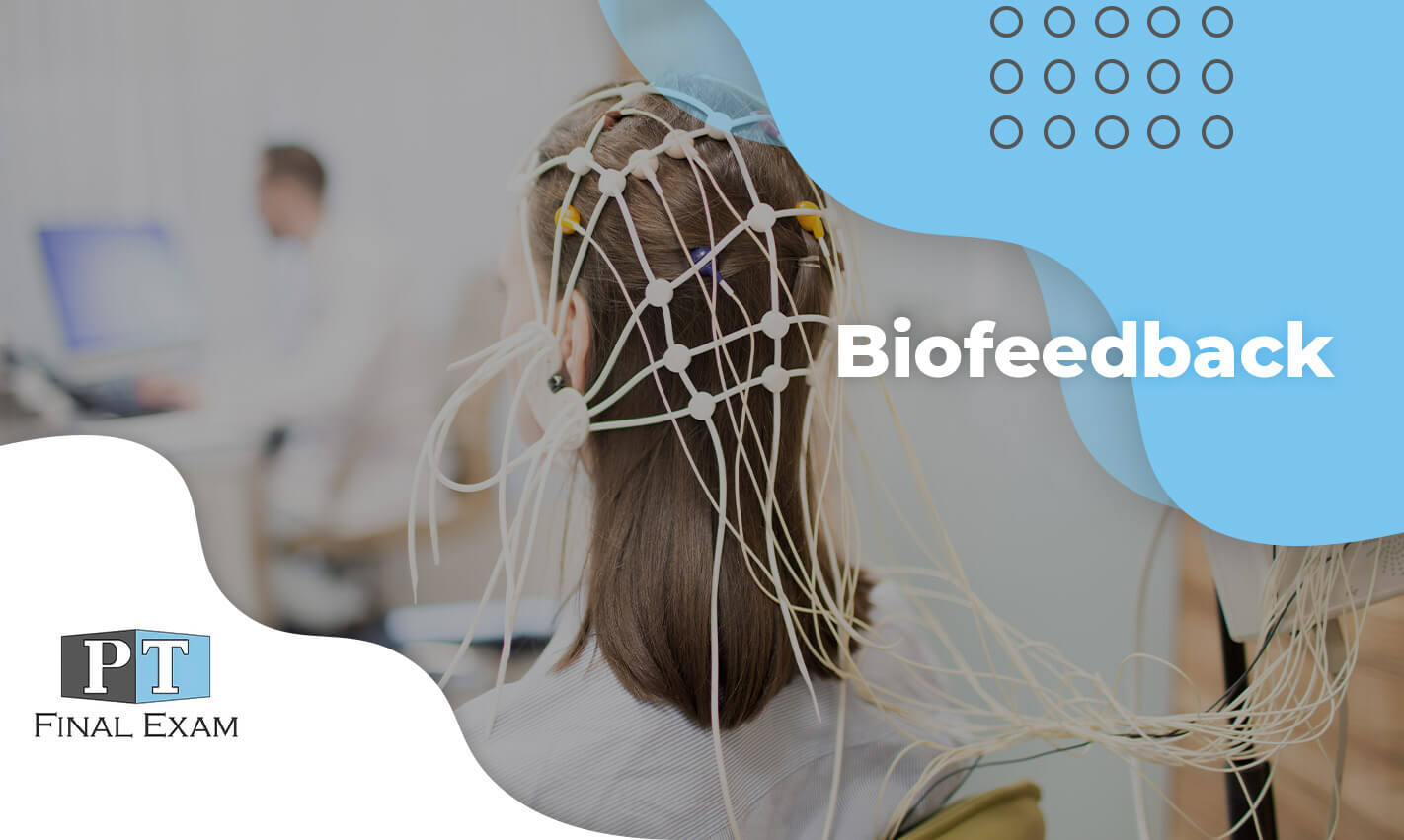Revealing the Connection Among qEEG and Sleep Disorder Patterns for Enhanced Assessment and Treatment
Revealing the Connection Among qEEG and Sleep Disorder Patterns for Enhanced Assessment and Treatment
Blog Article
Sleep apnea is a common sleep disorder that affects many people around the globe. It occurs when a person's respiration is disrupted during sleep, leading to subpar slumber standards and various medical issues. One of the methods scientists and physicians are working to better comprehend and identify sleep apnea is through a method called quantitative electroencephalography, or qEEG. This approach assesses the electronic activity of the cerebrum and can offer valuable insights into how sleep apnea impacts brain activity and overall health.
qEEG entails positioning small electrodes on the scalp to capture brain waves. These brain waves are then examined to identify patterns that may indicate sleep disorders, including sleep apnea. By analyzing these trends, healthcare providers can obtain a more precise picture of how sleep apnea interrupts typical cerebral activity during sleep. This information can be crucial for formulating efficient therapeutic strategies customized to specific patients. Understanding the relationship between qEEG and sleep apnea can result to enhanced diagnostic methods and better outcomes for those affected by this disorder.
Studies has demonstrated that people with sleep apnea often display specific alterations in their brain oscillation trends. For example, during episodes of apnea, the brain may show heightened function in specific regions while additional regions become more engaged. These changes can affect how effectively a person sleeps and how rested they feel upon waking. By using qEEG to track these cerebral oscillation patterns, doctors can recognize specific characteristics of sleep apnea in clients, which can help in formulating a more accurate diagnosis. This is especially important because sleep apnea can occasionally be confused for alternative sleep conditions, resulting to inappropriate therapies.
In addition to improving diagnosis, qEEG can also play a part in evaluating the effectiveness of treatments for sleep apnea. For instance, after a client starts employing a continuous positive airway pressure (CPAP) device, which assists maintain the passage clear during sleep, qEEG can useful source be utilized to assess changes in cerebral activity. If the cerebrum exhibits enhanced patterns of sleep after starting treatment, it may indicate that the treatment is functioning well. This feedback can assist physicians make required adjustments to therapeutic strategies, guaranteeing that clients obtain the optimal treatment possible.
In summary, the connection between qEEG and sleep apnea patterns is an promising area of research that offers potential for improving diagnosis and treatment. By understanding how sleep apnea impacts brain activity, medical professionals can develop more effective strategies to help clients attain improved slumber and improve their general well-being. As research continues to advance, it is probable that qEEG will turn into an integral tool in the fight against sleep apnea, resulting to better outcomes for those who experience from this difficult disorder.